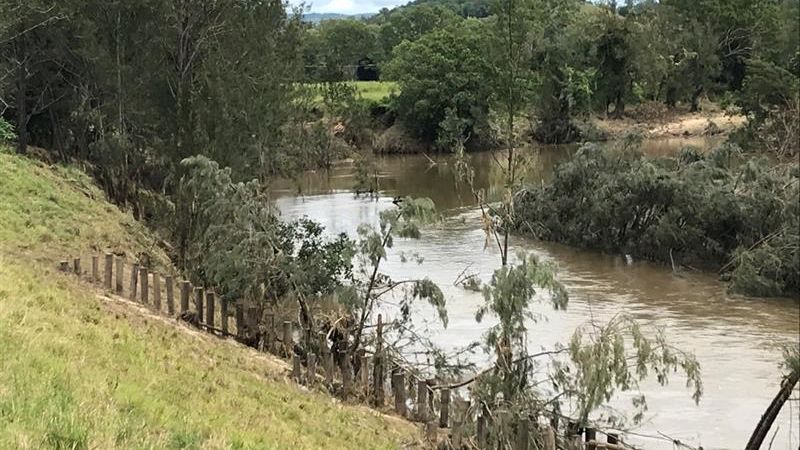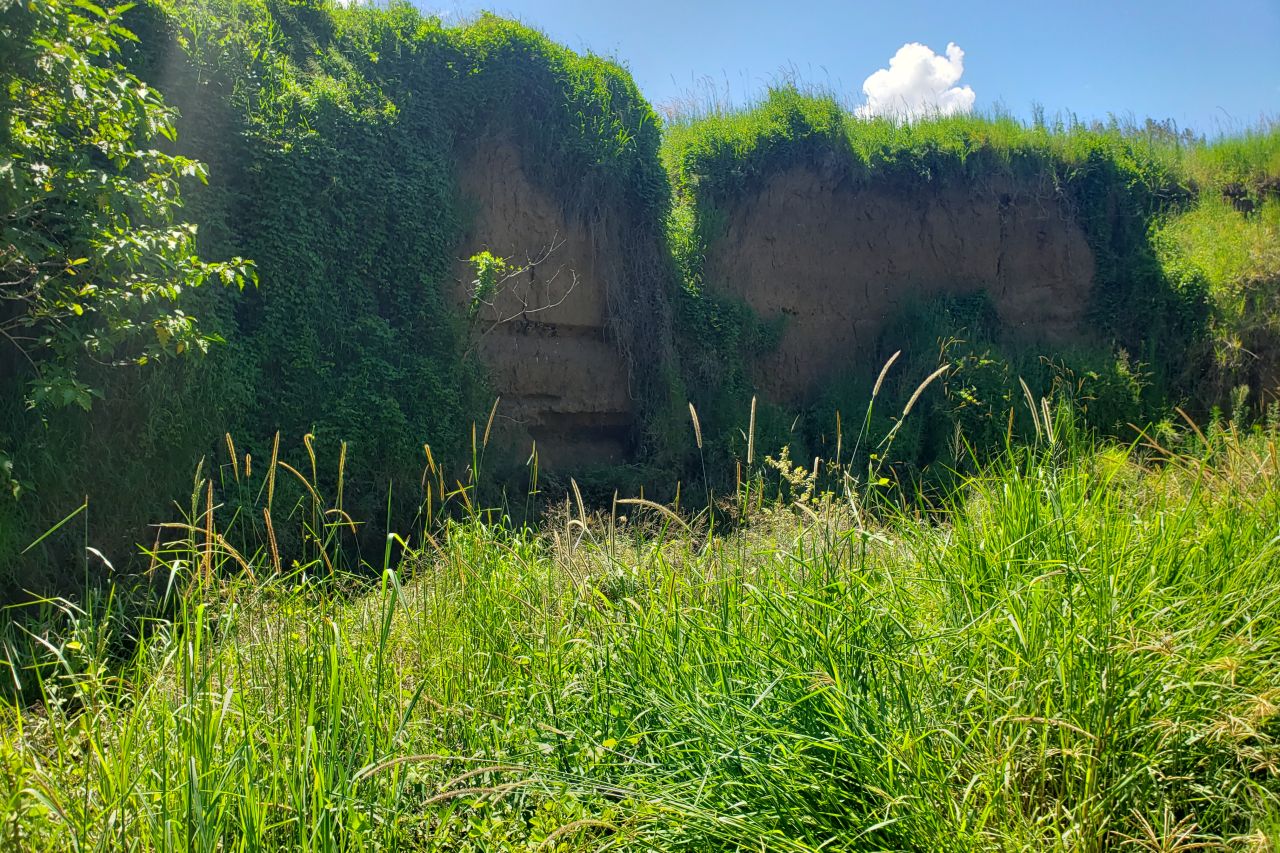News ·
Improving Reef water quality and protecting farms from catastrophic flood damage

Land-based pollutants like sediment, pesticides and nitrogen wash off the land and flow down waterways onto the Great Barrier Reef. Once there, these substances can cause harmful algae blooms, reduce light and smother corals. With our partners, we’re delivering projects across 10 regional programs that prevent these pollutants from entering the Reef.
The Mary Water Quality Program aims to stop 26,000 tonnes of sediment from entering the Great Barrier Reef every year. The program is run by the Mary River Recovery Consortium — a group of dedicated organisations that connect with landholders across the Mary River catchment — to implement projects that stabilise and revegetate badly eroded sections of the Mary River.
“We’re protecting the Reef and stabilising the river system”
Ian Mackie owns a 50-acre riverfront farm in the Noosa hinterlands where he keeps around 50 Lowline angus cattle. The land is fertile but has suffered damage from previous floods, which washed hundreds of tonnes of sediment from the riverbank downstream and carved cliffs up to 3m high.
This damage, which made parts of his land dangerous for Ian, his family and his cattle, was likely to get worse with each flooding event.

Floods washed away hundreds of tonnes of sediment, carving cliffs up to 3m high on Ian's property.
Ian decided to take part in the Mary River Recovery Project’s bank stabilisation program, which reshapes cliffs caused by erosion into gentle slopes that are fortified by wooden piles. Native vegetation with vast root networks was also planted to keep soil on the farm where it belongs, instead of washing down waterways.
He had to sacrifice a couple of acres of usable land to batter the bank, but he believes the work will prevent an even larger area from being washed away in future floods.
The stabilisation work on his property was completed in July 2021. When floodwaters inundated his property just seven months later in February this year, Ian’s riverbank held firm. The areas that had been stabilised lost significantly less sediment in the floods than those that hadn’t been stabilised.
“The recent flood was an awesome display of mother nature at work,” he said.
“I don’t imagine there are many of these programs where it’s been tested so soon afterwards. There is a fair bit of work we need to do to clean up, but no one got hurt, no cattle were lost. We’re very lucky.”

Ian Mackie (right) says bank stabilisation work has been a huge success on his property in the Noosa hinterlands, saving his land and preventing sediment from washing onto the Reef.
In addition to saving his land from severe erosion, Mackie’s choice to participate in the Mary River Recovery Project has contributed to preserving the Great Barrier Reef by helping stem the flow of sediment out onto the Reef.
“I was shocked when I found out the driving purpose of this work was to prevent damage to the Great Barrier Reef,” Ian said.
“We’re miles from the Great Barrier Reef. To think there is potential for our land and our neighbour’s land to end up polluting the Great Barrier Reef was horrendous.
“I feel like we’ve assisted in making a contribution to the protection of the Reef and stabilisation of the whole Mary River system. That’s a good feeling.
“I think other landholders would be onboard for this. If you look at the satellite imagery from the last 60-odd years, it’s quite stunning how the river has changed almost exclusively to the detriment of landowners with river-front properties.
“We’ve met some wonderful neighbours up and downstream that are having the same work done and those that are considering it. The community engagement has been great.”
The Mary Water Quality Program is funded by the partnership between the Australian Government's Reef Trust and the Great Barrier Reef Foundation.




